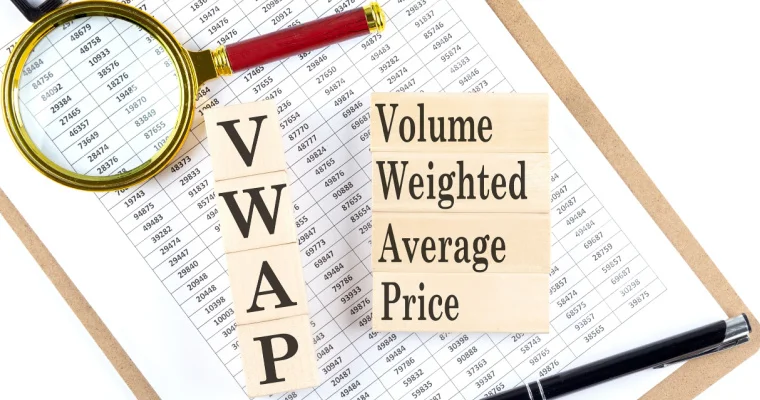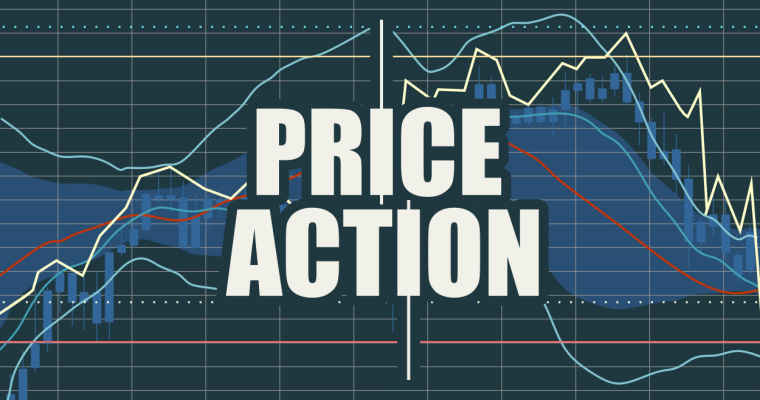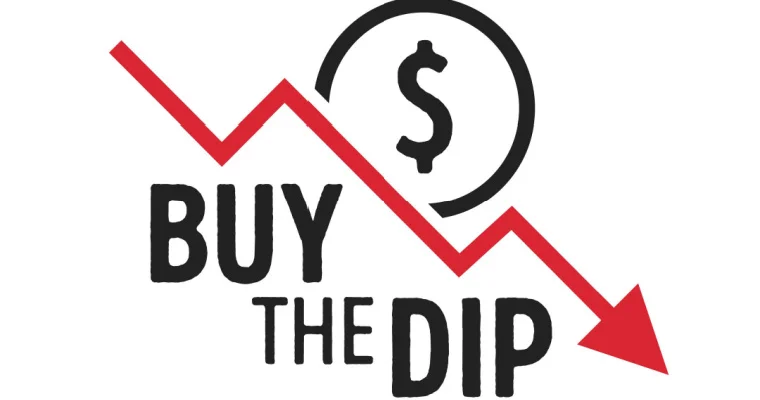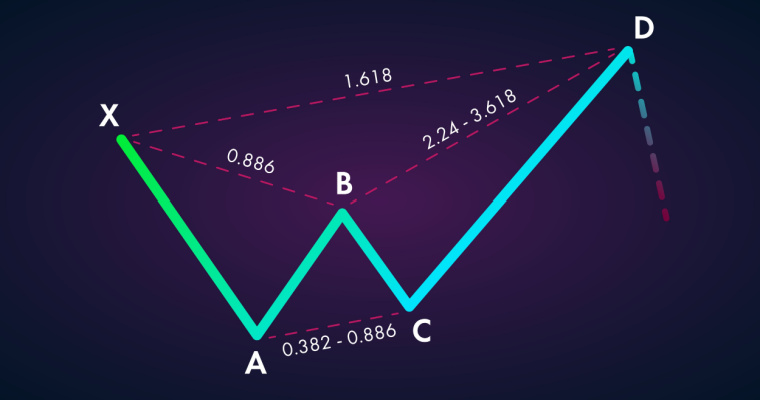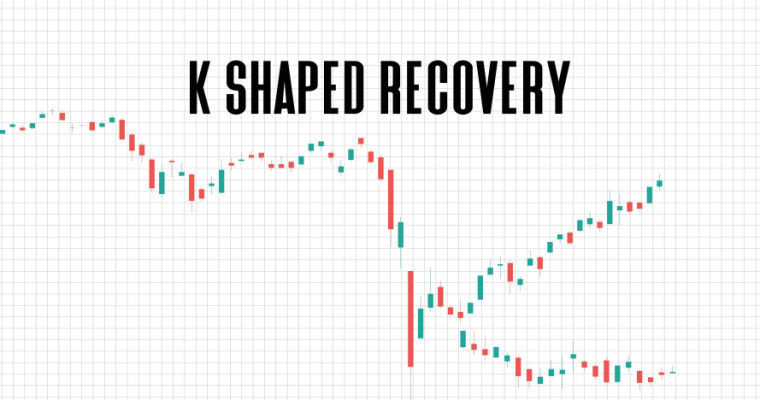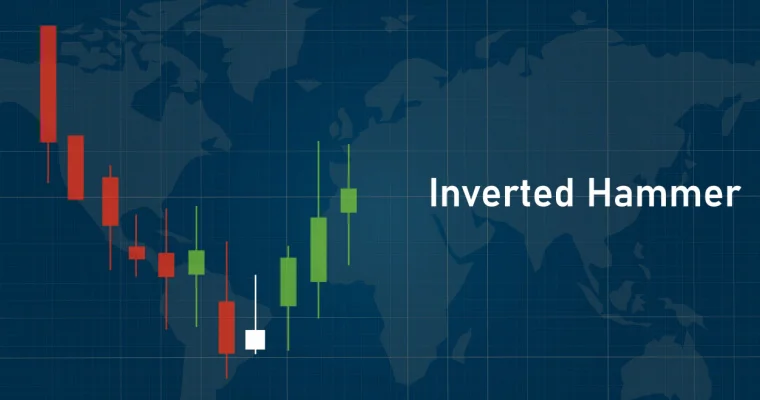Illiquid Stocks Guide: Definition, Examples, and its Working

Illiquid stocks are part of a long-term investment strategy that is appropriate for investors who are willing to park their money for an extended period of time and are willing to take on higher risks. It is a popular investment strategy used by most investors looking to diversify their portfolios.
This blog clarifies all the questions and doubts you may have about illiquid funds before you begin trading them. Let’s dive in!
What are Illiquid Stocks?
Illiquid stocks, such as bonds, equity stocks, or other immovable assets, cannot be easily liquidated, that is, they cannot be sold or exchanged for cash without suffering a significant loss in value, as there is a high possibility in most cases where you may sell an illiquid asset for a lower price than the price you paid when you bought it. These stocks possess higher risks as they are short in supply due to a variety of factors and have a low trading volume and activity. They also have a limited number of buyers and sellers which is another primary reason for low demand for illiquid stocks.
Examples of Illiquid Stocks
Some examples of illiquid assets are cars, real estate, investments in private companies, antiques and long-term debt instruments. Over-the-Counter (OTC) stocks are also not as liquid as listed assets, as their platforms do not have many buyers readily available.
In contrast, most stocks and other assets listed on stock exchanges are highly liquid and can be sold at their fair market value (FMV). Illiquid stocks on the exchange are those that have remained unsold for over a quarter. Stock exchanges release a list of illiquid stocks based on the criteria decided by the market regulator.
Also Read
How to Identify Illiquid Stocks?
1. Minimal Interest from Institutional Investors
Illiquid stocks generally attract little to almost no interest from institutional investors. This is largely due to the stock’s limited trading volume in the market and its performance and returns not being up to the mark.
2. Regularly Hitting the Lower Value
Stocks generally hit their lower circuits when their supply is high, but their demand in the market is lesser than the supply. If a stock is regularly hitting the lower circuit due to this reason, it may be an indication of an illiquid stock.
3. Low Trading Volume
Trading volume indicates the number of stocks bought or sold in an intraday trading session. So, if a certain company’s stock has low daily trading volumes, it might be a sign that the stock is illiquid.
4. Stark Contrast in the Bid Price and Asking Price
There could be a chance that a stock is illiquid if there is a significant difference between its ask price and the bid price. Investors can easily identify an illiquid stock if it has negligible trading and is difficult to sell due to a lack of interested buyers. It must also be noted that a massive difference in the ask and bid price makes the stock highly volatile, which may further drive investors away from purchasing them.
How Do I Buy Illiquid Stocks?
You can purchase illiquid stocks from the stock exchange like any other stock. When investing, you should follow the precautions given in the points below.
- Try keeping the commission to 1% of your order.
- Consider buying or selling stocks at the limit order. By doing so, your broker is purchasing or selling these shares at maximum or minimum prices. Also, by setting a limit order, you can execute an order only when its price is better or more than the limit.
- Avoid bidding up stocks. Their value must be fixed.
- You can purchase stocks only in fixed lots. This measure avoids chunk allotments of illiquid stocks.
- Most illiquid stocks can be liquid for small investments.
Final Word
Illiquid stocks come with higher risk and can be difficult to sell in a market where its demand is low. However, buying it at a low cost and holding on to it for a long term can lead to its price appreciating and your investment registering a profit. That being said, an erudite investor may invest in illiquid assets while keeping all the terms and conditions in mind.
Unlock the power of investing with Navi Mutual Fund and explore a host of mutual funds.
FAQs
Due to its limited trading, illiquid stocks cannot be sold quickly. This, in turn, poses a higher risk to the investor as it is challenging to buy them.
While institutional investors generally steer clear of investing in illiquid stocks, investors with a long-term investment horizon and a high risk appetite may invest in illiquid stocks.
A liquid stock can be sold in the market easily while illiquid stocks find it difficult to attract investors. Illiquid stocks are marked by low returns while liquid stocks appreciate better in contrast to illiquid stocks.
Illiquid stocks are more volatile than liquid stocks. One of the key reasons for this volatility is that there is a huge difference between the ask price and the bid price of an illiquid stock.
Want to put your savings into action and kick-start your investment journey 💸 But don’t have time to do research? Invest now with Navi Nifty 50 Index Fund, sit back, and earn from the top 50 companies.
Disclaimer: Mutual Fund investments are subject to market risks, read all scheme-related documents carefully.
This article has been prepared on the basis of internal data, publicly available information and other sources believed to be reliable. The information contained in this article is for general purposes only and not a complete disclosure of every material fact. It should not be construed as investment advice to any party. The article does not warrant the completeness or accuracy of the information and disclaims all liabilities, losses and damages arising out of the use of this information. Readers shall be fully liable/responsible for any decision taken on the basis of this article.

Customer’s Feedback
No comments found.What is Shooting Star Candlestick Pattern in Trading?
The shooting star candlestick pattern is considered to be a bearish reversal candlestick ... Read More »What is VWAP Indicator and How to Use it for Trading
The VWAP indicator shows the volume-weighted average market price of a particular stock. You can us... Read More »What is Price Action Trading: Its Strategy, Stop Loss and Profit Targets
Price action trading is a methodology in which the trader solely relies on analysing a security’s... Read More »What is Buy the Dip Strategy in Trading – Working and Example
‘Buy the dip’ is one of the most common phrases in the stock market. It is sort of a go-t... Read More »What is the Black Scholes Model – Formula, Calculation and Assumptions
Among the important concepts in modern financial theory, the Black Scholes model, developed in 1973... Read More »What is Iron Condor and What are its Strategies?
Iron Condor is an options trading strategy that involves four options with the same expiration date... Read More »What is Harmonic Pattern and How Does it Help in Trading?
Harmonic patterns are one of the most efficient and effective trading patterns. Although they are m... Read More »What is a Contract Note and Why is it Important?
Contract note is a legal document containing the details of every stockbroker's trade on a stock ex... Read More »What is K-shaped Recovery: Indication, Example and
Economies go through multiple phases in business cycles. One such phase is a recession which is mar... Read More »Guide to Book Building – Its Types, Benefits and Process
Initial public offerings (IPOs) are priced as specified by their underwriters. The process by which... Read More »Support and Resistance in Trading: Working, Strategies, Uses and Example
Support and resistance are two of the most significant and practical concepts in technical analysis... Read More »What is the Inverted Hammer Pattern and How to Identify It?
The inverted hammer is one of the most popular candlestick patterns and is considered essential for... Read More »Top 10 Chit Fund Schemes in India in 2023
Chit funds are one of the most popular return-generating saving schemes in India. It is a financial... Read More »10 Best Gold ETFs in India to Invest in April 2023
Gold ETFs or Gold Exchange Traded Funds are passively managed funds that track the price of physica... Read More »10 Best Demat Accounts in India for Beginners in 2023
Creation of Demat accounts revolutionised the way trades were conducted at the stock exchanges. It... Read More »20 Best Index Funds to Invest in India in April 2023
What is an Index Fund? An index fund is a type of mutual fund or exchange-traded fund (ETF) that... Read More »Best Arbitrage Mutual Funds to Invest in India in April 2023
Arbitrage funds are hybrid mutual fund schemes that aim to make low-risk profits by buying and sell... Read More »10 Best SIP Plans in India to Invest in April 2023
What is SIP? SIP or Systematic Investment Plan is a method of investing a fixed amount in ... Read More »10 Best Corporate Bond Funds in India to Invest in April 2023
Corporate bond funds are debt funds that invest at least 80% of the investment corpus in companies ... Read More »10 Best Bank for Savings Account in India [Highest Interest Rate 2023]
Savings account is a type of financial instrument offered by several banks. It lets you safely depo... Read More »













